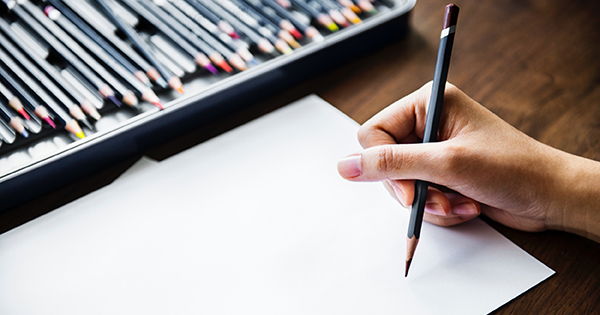
Throughout mankind’s history, people have used pictures, fables and dances as rituals of healing. As a practice, art therapy has been helping people tap into their inner thoughts, feelings, and experiences since the early 1940s. Originally used by mental health practitioners, art therapy has evolved in the 21st century to be widely used in schools, wellness centers, and a multitude of other community institutions. Similarly, Tai Chi has been used to relax the mind and achieve a meditative state for over 800 years. The two share many of the same benefits which, when employed together, can greatly improve your Tai Chi experience.
The mental and physical benefits of art therapy
The main mental benefit of art therapy is its positive effect on cortisol levels. Cortisol is the hormone in the body that causes stress and anxiety. A psychological study conducted by Girija Kaimal shows that an hour of making art results in an average reduction of cortisol by 25%. Participants in the study reported feeling a sense of flow as they worked, as well as a reduced sense of stress after art making. Art therapy, specifically drawing, also has a number of physical benefits. Drawing daily can ease chronic pain, increase mental function, and aid arthritis symptoms. For those who aren’t artistic by trade or nature, drawing is an excellent way to improve your artistic skills and begin practicing art therapy, as there is a plethora of resources available to start learning how to draw.
Combining Tai Chi with art therapy
Tai Chi has also been proven to decrease cortisol levels, reduce pain symptoms, and increase brain activity. It is these similarities that make Tai Chi and art therapy such an optimal pair. Performing artistic acts before Tai Chi compounds the reduction of your body’s cortisol levels, resulting in a stress-free day and a clear mind. It can also help channel the “flow experience” into your Tai Chi sessions, increasing your concentration and the overall value you receive from performing Tai Chi.
It is important to clarify that art therapy is not restricted to the visual arts, but also includes music, performance, and even writing. Different methods will provide different results, but all will accomplish the main goal of art therapy: to achieve a self-expressive and creative mindset. Anything from drawing a quick sketch to crafting a sculpture can put you in that mindset, so do what feels most comfortable to you.
While Tai Chi is technically a physical exercise, it too is considered an art. Approaching your Tai Chi as a form of self-expression and intrinsic motivation, rather than as physical training, can greatly increase the pleasure you derive from each session, ultimately resulting in a more gratifying experience.
Leave a Reply